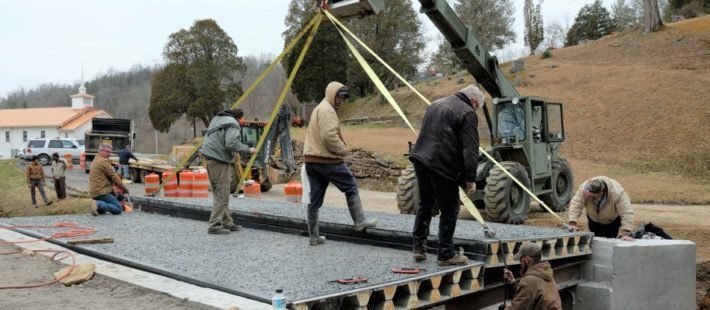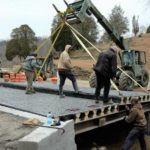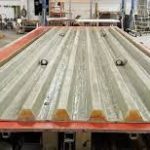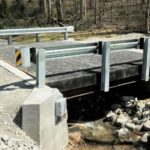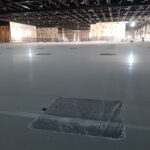University of Tennessee and Luna Innovations joined a partnership to replace a damaged decades-old concrete crossing in Morgan County (Tennessee) considered structurally deficient and outdated.
A new high-tech bridge has been planned in north-central Tennessee equipped with a fiber-reinforced polymer (FRP) composite material structure. Researchers and engineering students from Knoxville’s Fibers and Composites Manufacturing Facility, have embedded with fiber optic sensors developed by Luna Innovations.
The built-in sensors are used to monitor the composite deck system over time. The aim is to:
- provide critical data on performance and safety
- ensure a sustainable solution for obsolete infrastructures such as these
In addition, the wireless technology developed at UT monitors traffic counts and system response remotely via cloud computing.
According to the ASCE – American Society of Civil Engineers, about 8% of the more than 617,000 bridges in the US are structurally deficient and need repair. FRP composites offer:
- low-cost
- low-maintenance option
The new structure in rural Tennessee shows the benefits of composite materials for rural bridgework.
Dayakar Penumadu, the Fred N. Peebles Professor in UT’s Tickle College of Engineering and Characterization Fellow for Materials and Processing for IACMI:
“Lack of durability data is one of the major barriers of the adoption of novel and advanced materials including carbon-, basalt-, or glass-fiber-reinforced polymeric composites in civil infrastructure. This is a major obstacle for integrating new materials and structures quickly and thus requires successful demonstration as being done through this IACMI project. Bridge decks are the most damage-prone elements, and we are integrating smart sensors distributed throughout the composite bridge deck that will provide us valuable performance data for years to come.”
 |
Subscribe now to our quarterly Compositi newsletter
|


